Online registration for this program has closed. To check availability, find about about future dates, or if you would like further information, please call 505-983-1400 ext. 111. Also, get the SFW E-Newsletter for updates!
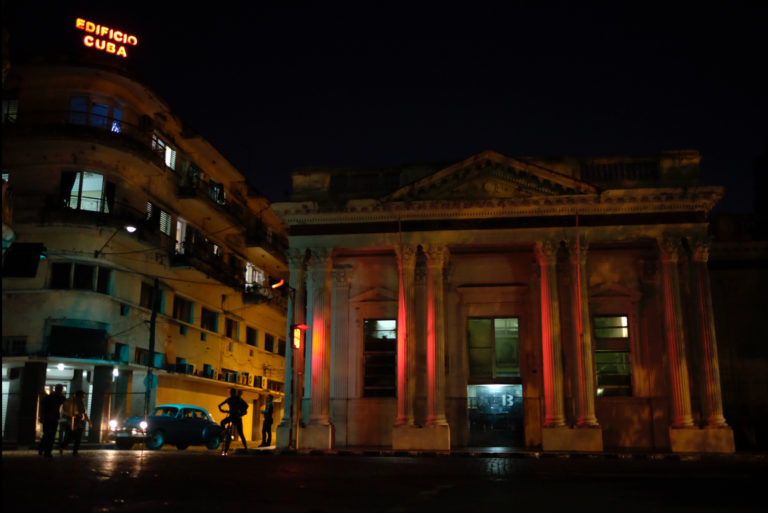
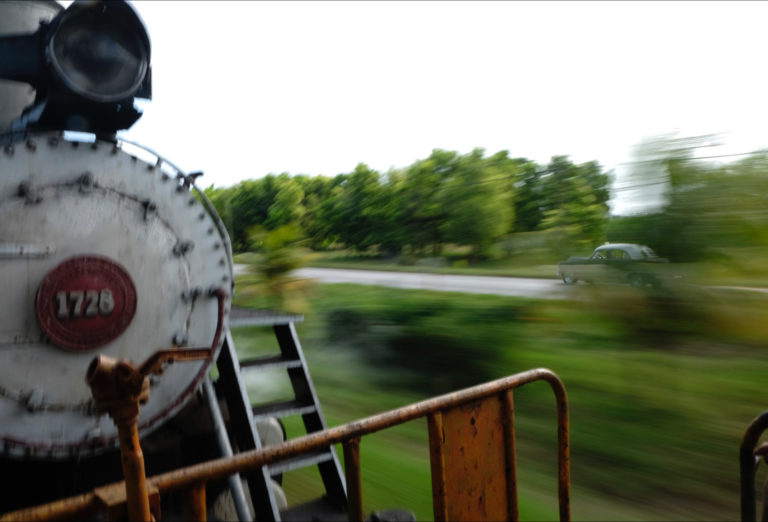
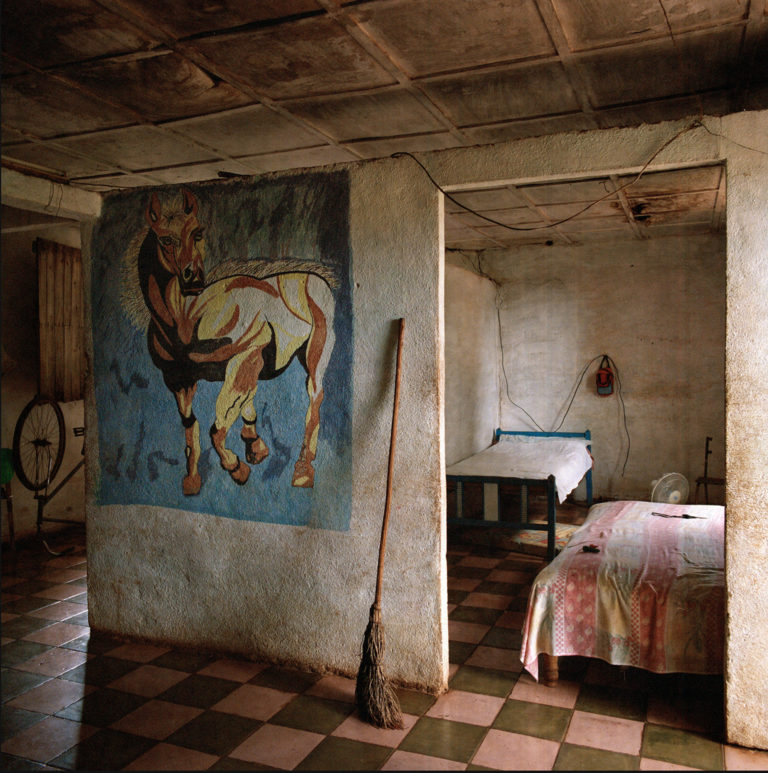
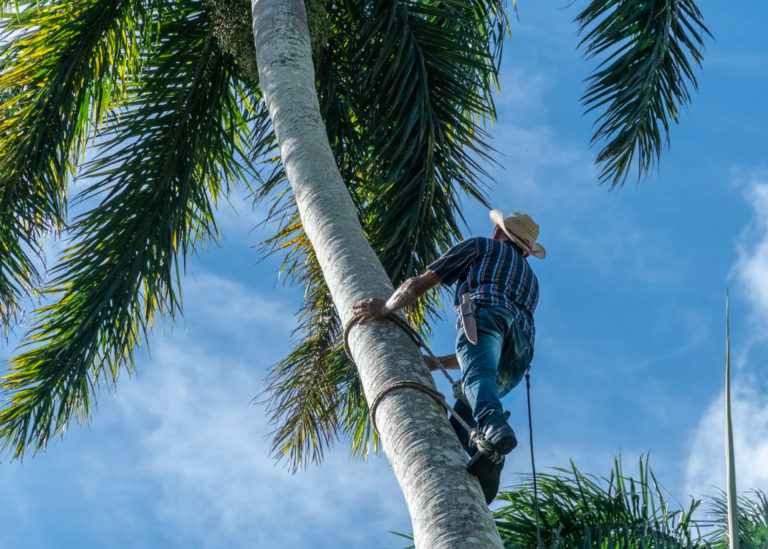
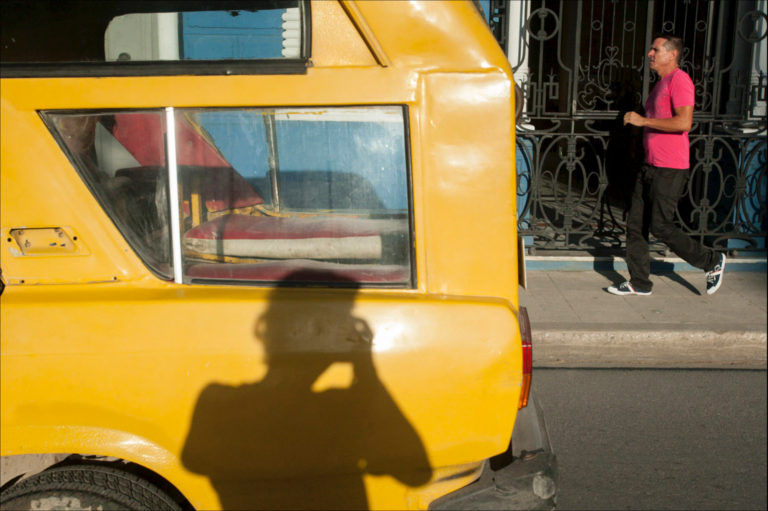
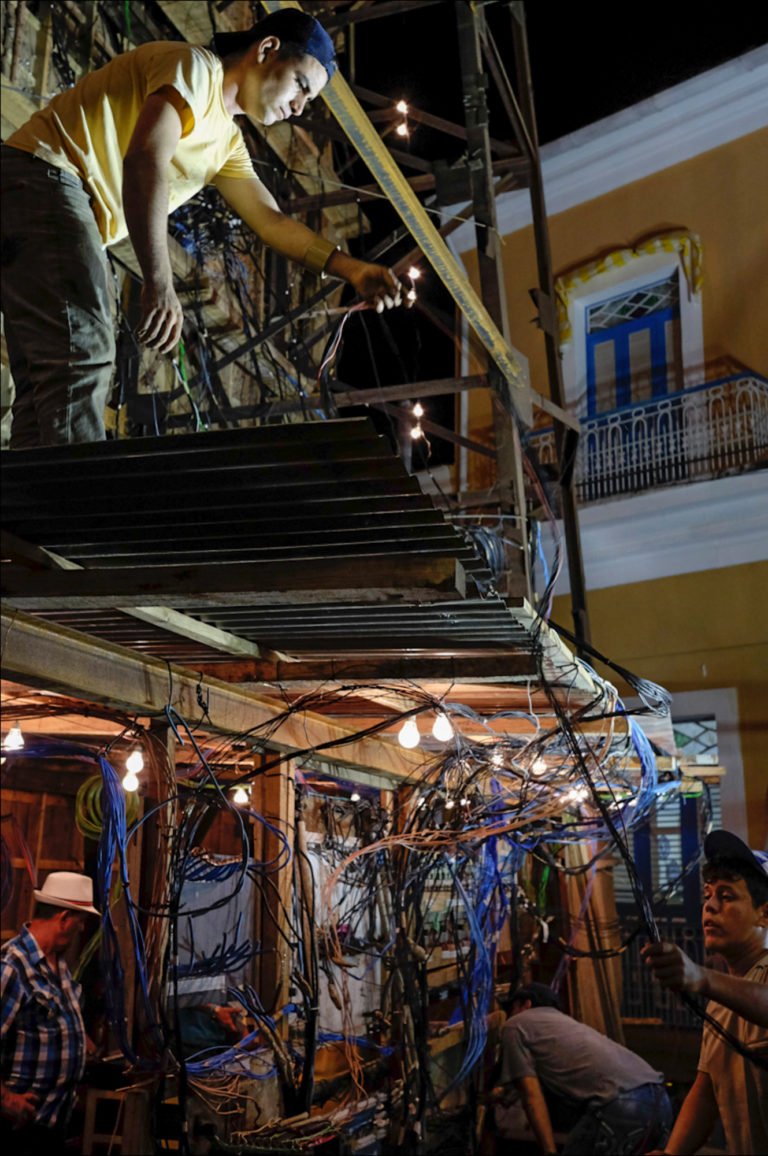
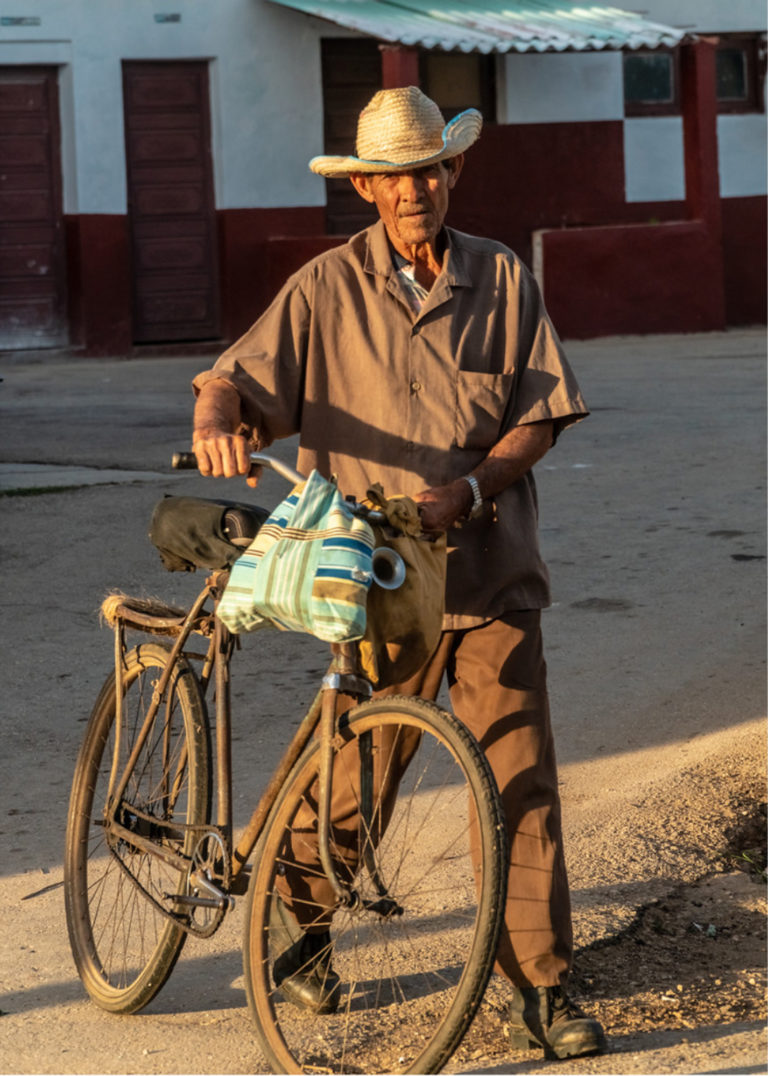
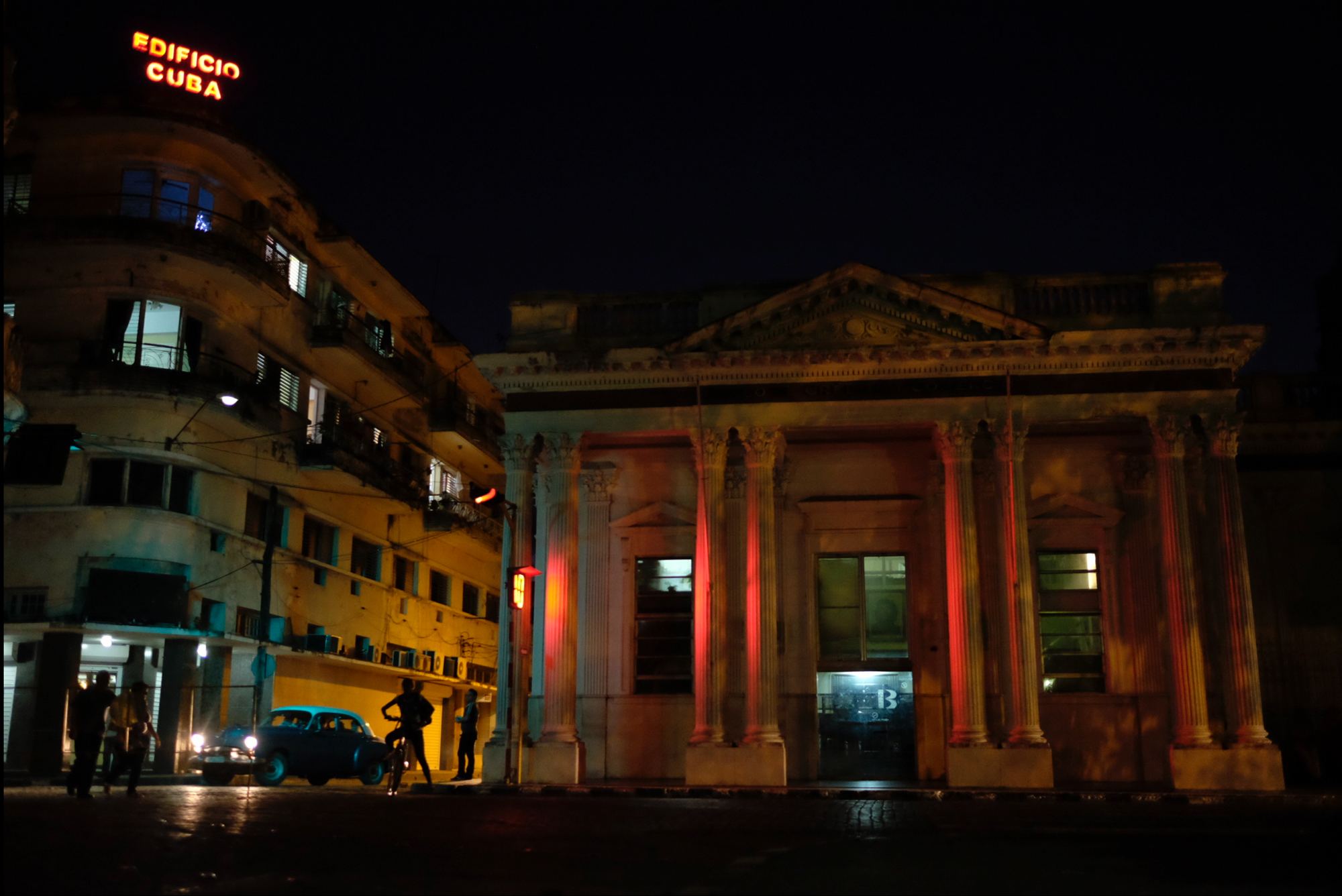
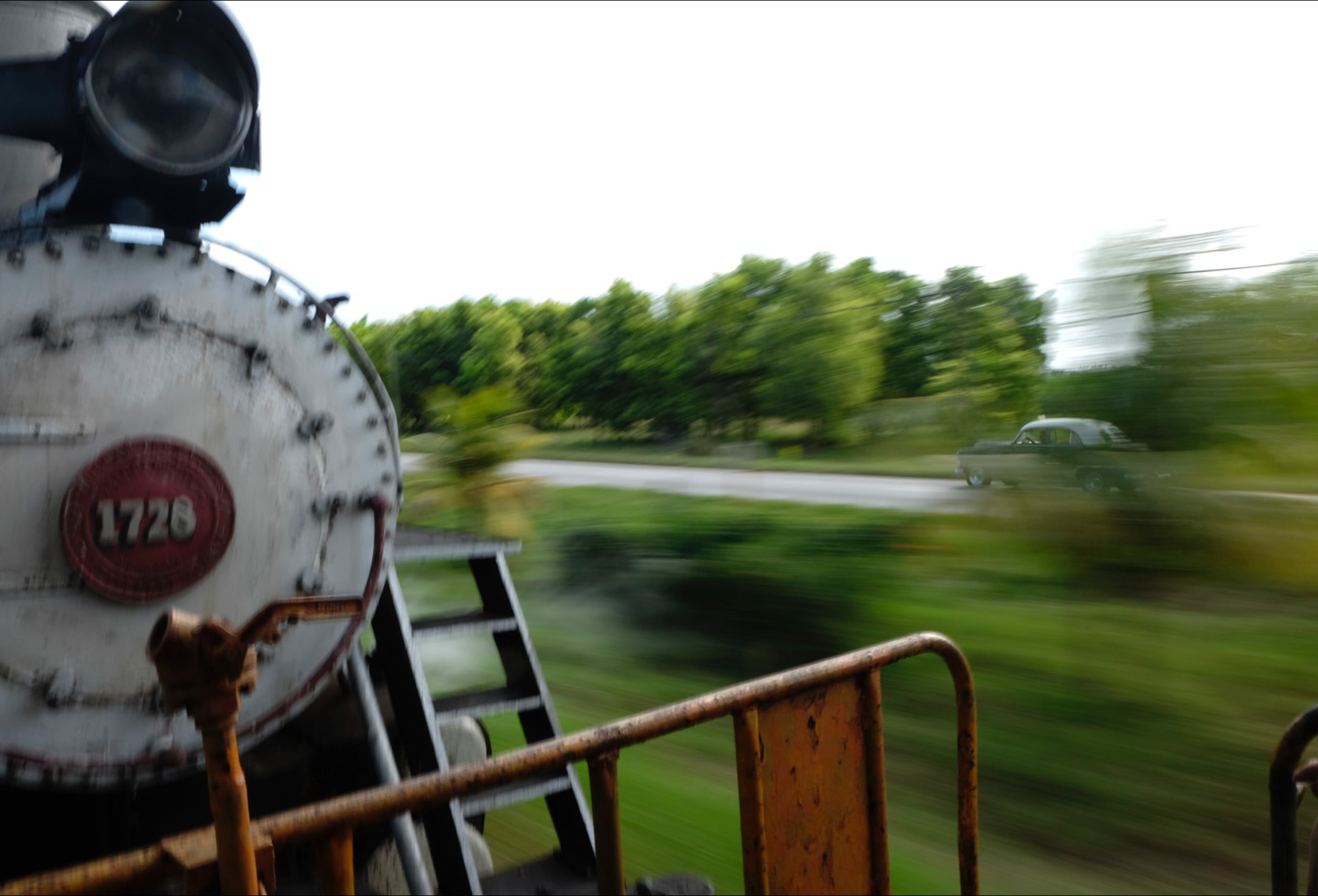
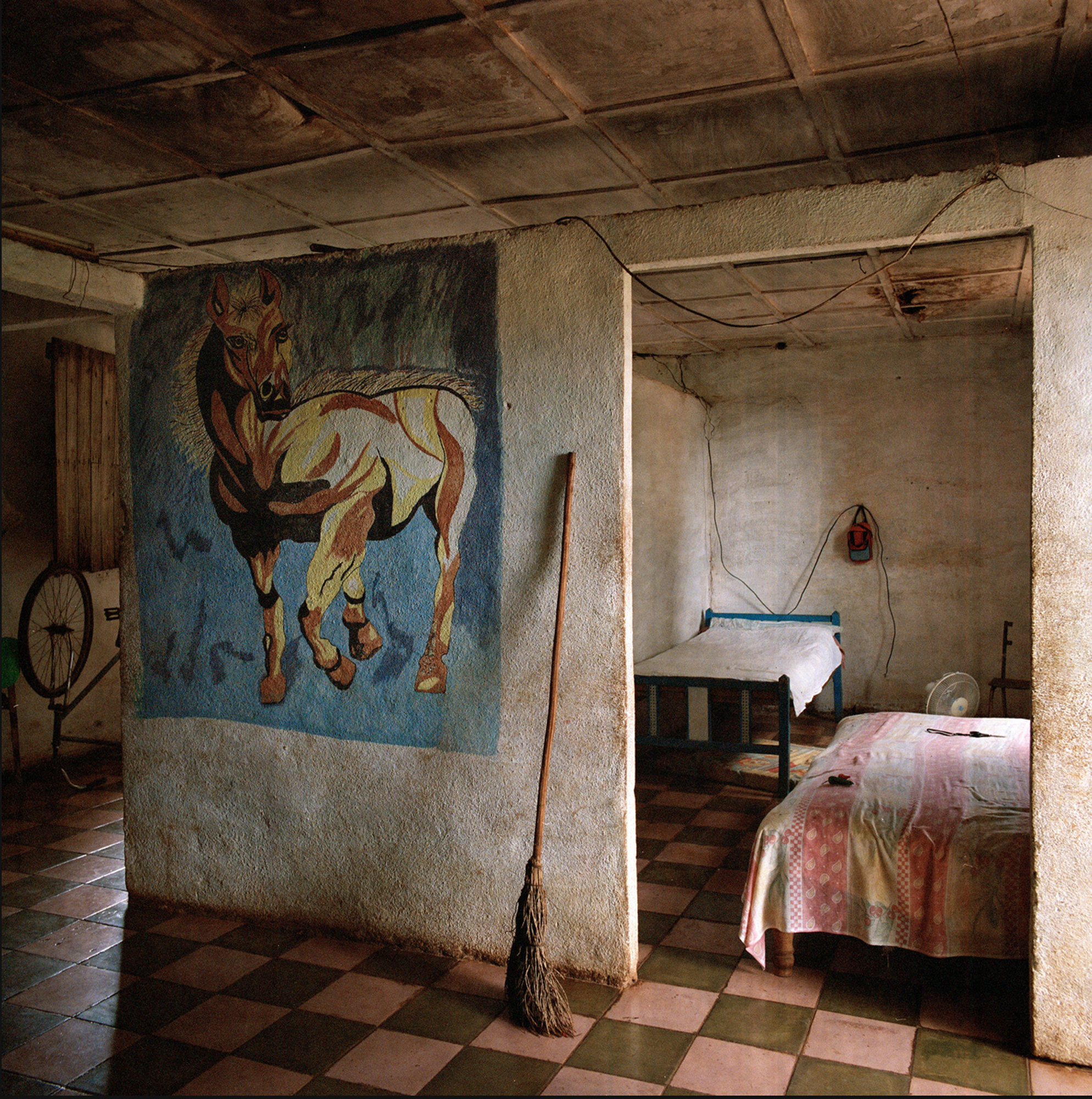
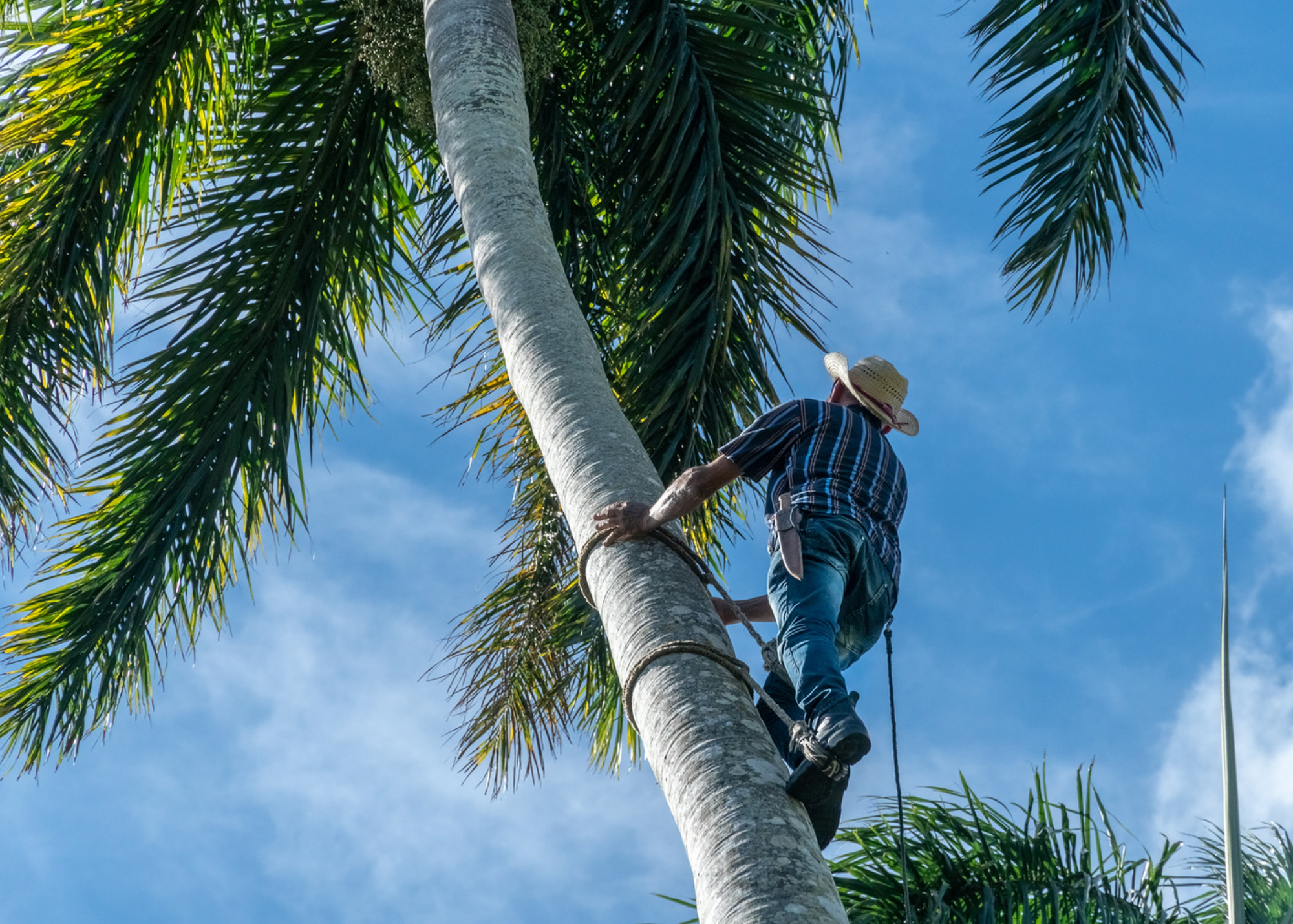
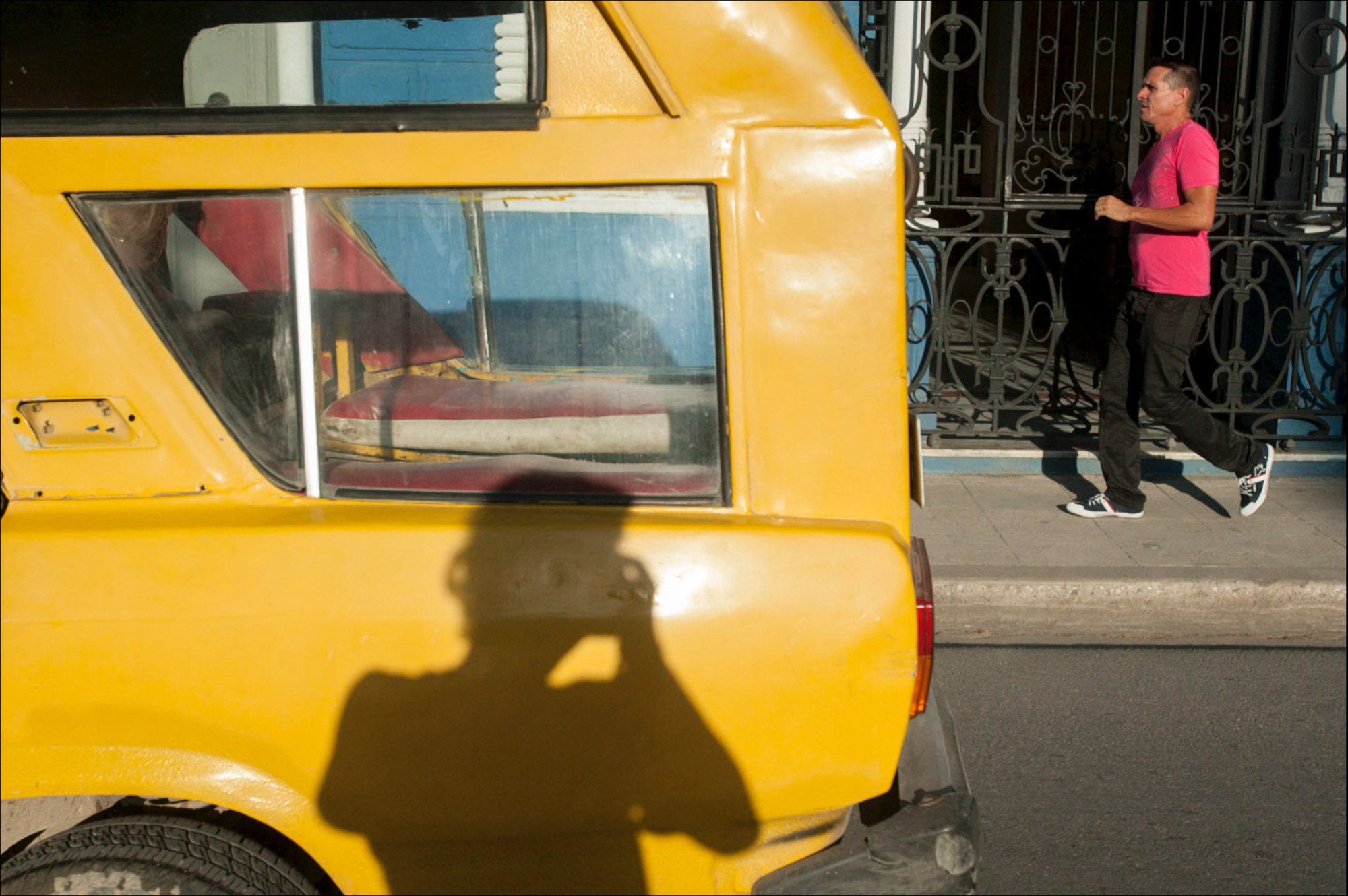
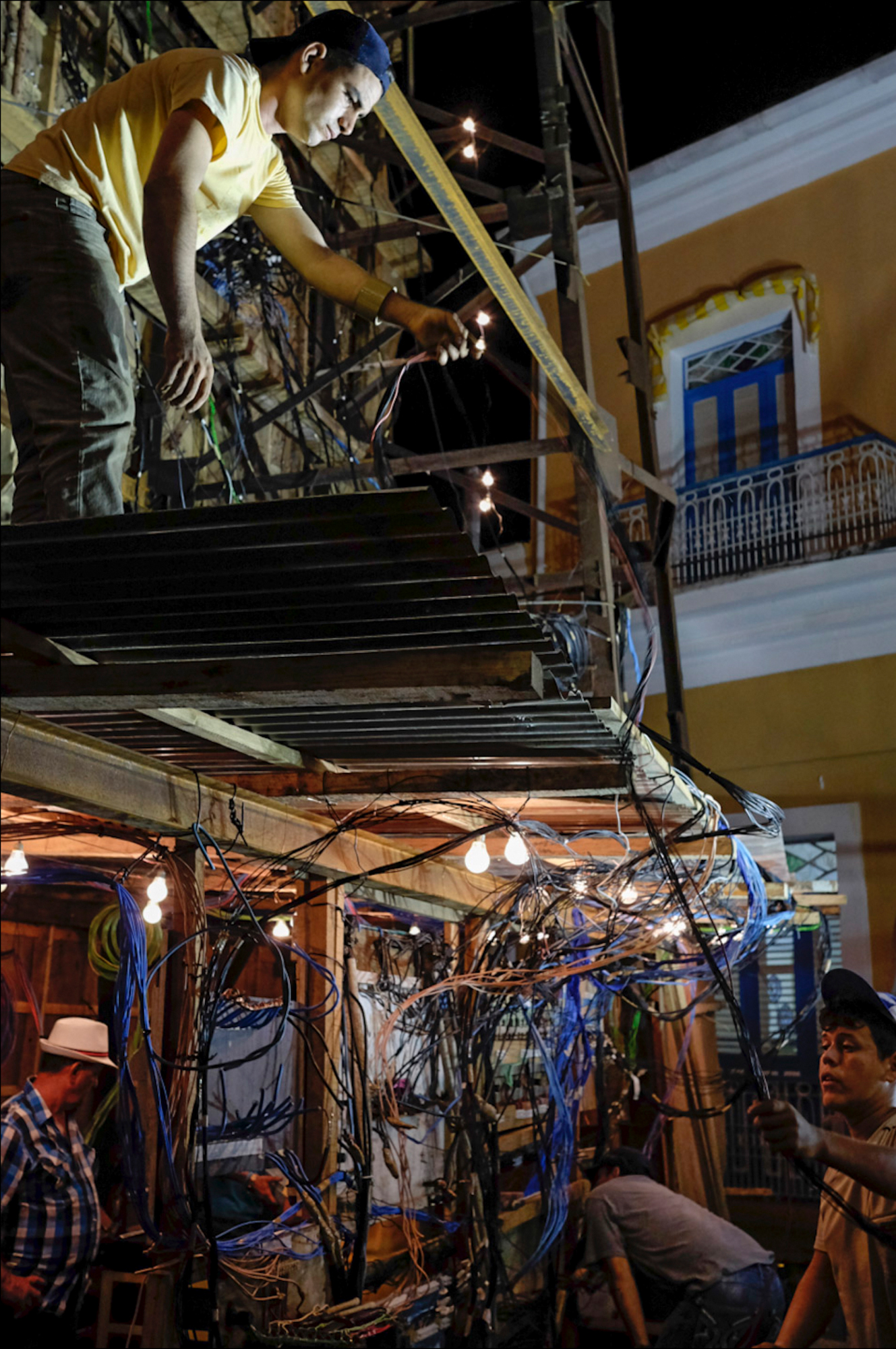
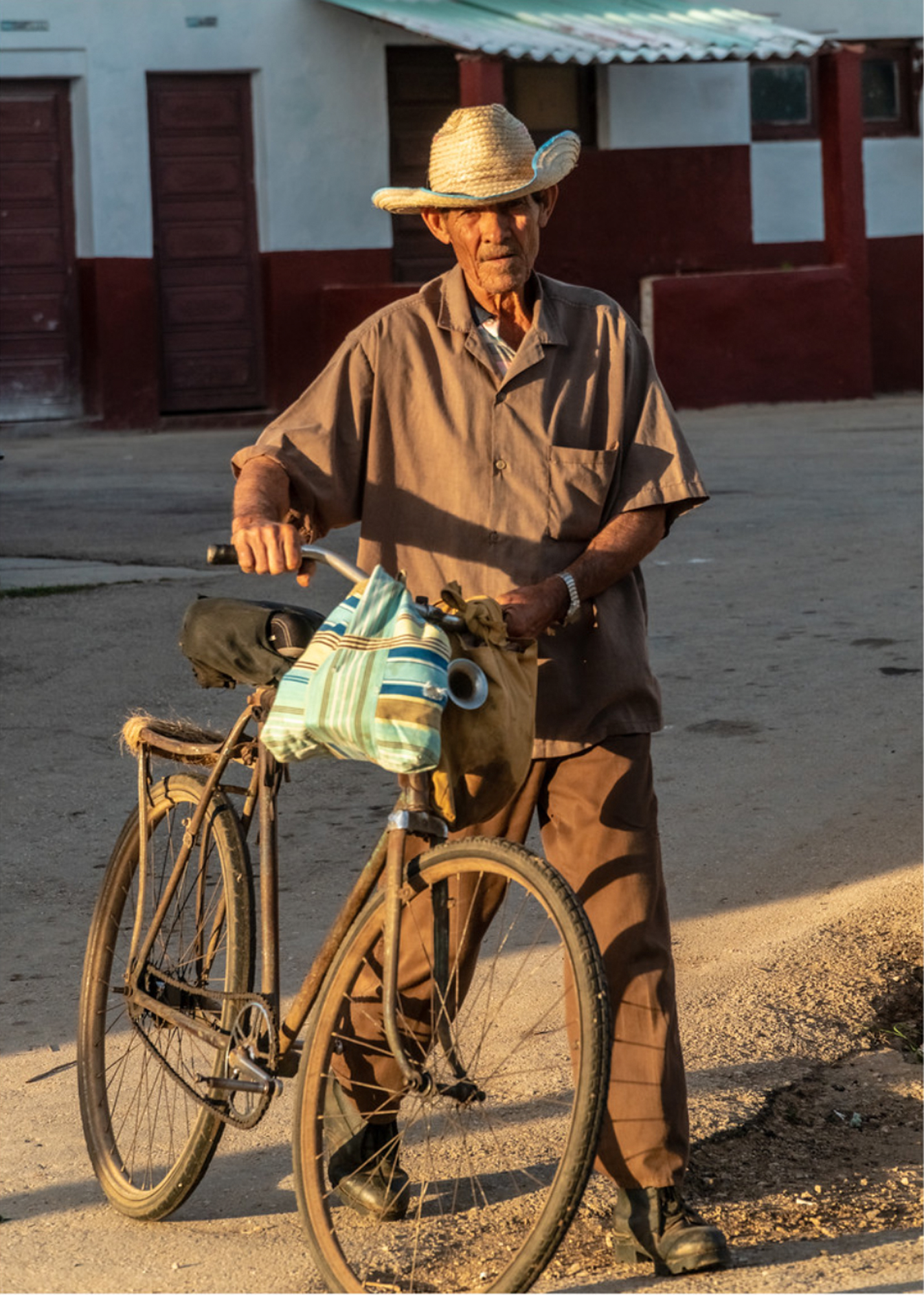







Warm tropical light at sunrise; lush city parks ablaze with foliage; pastel-colored homes around every bend, the rich patina of 1950’s vintage American cars and the lush surrounding countryside that infuse the tropical isle with an explosion of color is our backdrop for this people-to-people cultural program and photographic exploration of Colonial Cuba.
Our journey begins with a flight from Miami into colonial Santa Clara, the Villa Clara provincial capital—a clean and lively city with a large student population and notable historical significance. In 1958, Che Guevara’s guerilla army seized the city, which proved to be the decisive victory in the rebel’s struggle against the Batista regime. Our time in Santa Clara includes a visit to the Monumento Ernesto Che Guevara and time wandering the neighborhoods surrounding the city center, charming Parque Leoncio Vida.
Following two nights in Santa Clara, we travel 45 kilometers northeast to the colorful city of Remedios. Founded in 1578 and considered one of the country’s oldest settlements, Remedios was declared a National Historic Monument in 1980. There are still Spanish colonial structures dating to the seventeenth century. Remedios remains a city stepped back in time where more people travel on foot, bicycles, or on horseback than they do in cars and trucks. This town of 14,000 people has a tranquility and a surprising lack of tourists that is both endearing and perfect for photography.
From Remedios, we make daily excursions to tour a sugarcane factory museum, ride a steam locomotive, and visit small independent farms where sugarcane, bananas, and malangas are grown in abundance. Sugar and Cuba are inextricably linked together in a tumultuous history that includes slavery, fortunes made, Hershey chocolate, revolution, rum, and fallow fields during the Special Period. We make a special visit a sugarcane mill where the final stages of “La Zafra” the sugarcane harvest are wrapping up.
From Remedios, we move to stunning Cayo Coco which boasts a history as a hideout for buccaneers during colonial times and made transitions from charcoal production to a small fishing industry. This area even provided settings for Ernest Hemingway’s, The Old Man and the Sea. Cayo Coco is now better known for its stunning beaches and pink flamingos and allows us time to catch our breath while we edit and review our images with Jennifer’s and Carlos’s help. On our final evening, we enjoy a celebration dinner and then take an evening photographic stroll through the city before we bid farewell on the following day and travel back to Santa Clara.
In alliance with Cuba’s premier photographic organization, Fototeca de Cuba, our program allows participants a unique experience in Cuba through the photographer’s eye. Our 8-day educational program offers a cultural exchange with the Cuban people as well as a rich photographic educational experience. With your camera as your entrée into people’s lives, this inspiring trip with Carlos and Jennifer expands your understanding of the inhabitants of this beguiling country and opens the door into the colonial heart of the island.
True to the requirements of a People-to-People General License with U.S. Treasury Department, Picturing Colonial Cuba: Santa Clara, Remedios and Cayo Coco focuses on educational exchanges with the Cuban people and recording their amazing lives with our cameras.
COVID-19 Update: For all in-person workshops and trips in 2023, Santa Fe Workshops highly recommends that all participants, staff, and instructors attending be up to date with Covid vaccinations (per definition of the CDC). For international trips, local laws will apply, so it is important that you confirm you will be fully vaccinated according to the countries on your trip.
This SFW Cuba program is open to amateur, advanced amateur and professional photographers. Enrollment is limited to seven participants.
Participants should be technically self-sufficient, as this is not a program to learn how to use your gear or editing software. Participants should be in very good health with good stamina and mobility, as long days are spent exploring—this means walking, sometimes for two to three hours at a time, occasionally up steep stairs, steep hills, and along uneven terrain.
View Payment, Refund, Withdrawal, and Transfer Policies for this International Program.
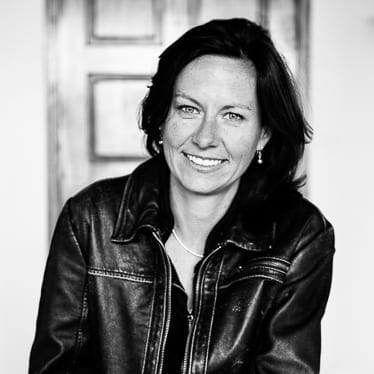
Jennifer Spelman is a documentary photographer. She is co-publisher of CubaSeen, a quarterly magazine showcasing photography and writing about Cuba.
Jennifer received her photographic training as an assistant with Santa Fe Workshops, working with some of today’s most preeminent photographers: Jay Maisel, Norman Mauskopf, and Joe McNally.
A sensitive photographer of people, Jennifer strives to create portraits with energy and insight. She is most at home on the streets of Havana and has worked with Santa Fe Workshops across Cuba since 2011. Jennifer is a patient educator who has co-instructed with National Geographic Expeditions and taught workshops in Morocco, India, Turkey, Romania, Mexico, Japan, in addition to Cuba.
A popular workshop instructor, Jennifer is also part of our Mentorship Program »
Website: jenniferspelman.com
Instagram: @jennifer_spelman
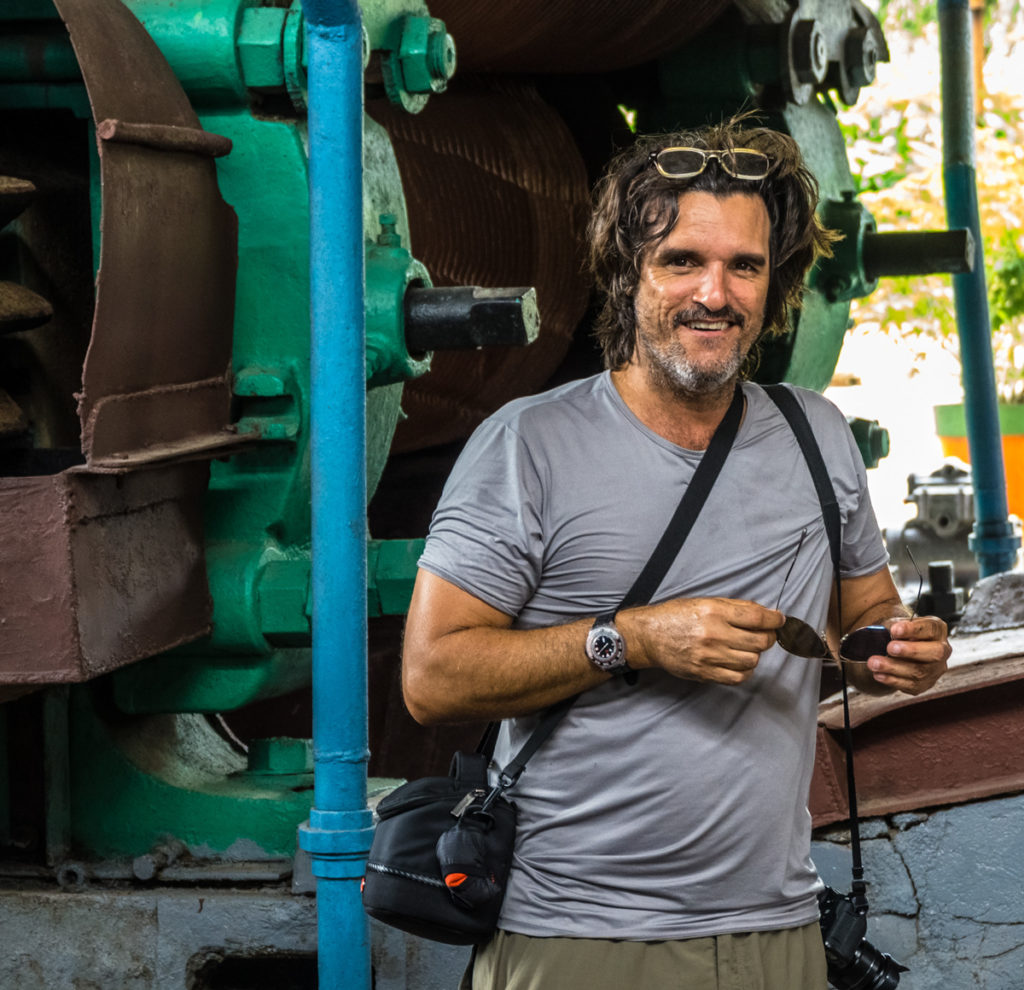
Carlos Otero Blanco is a photographer who specializes in underwater photography. Despite the fact that Carlos left Cuba after finishing high school in Havana to study hydrogeologic science in a university institute of the city of Novocherkas, Russia, he recalls art was always his main interest. In fact, in the cruise ship that took him to the late Soviet Union, he was already shooting b/w film with a Zorki camera, one of the few available in Cuba in the 80’s. Carlos recalls that very soon after arriving to Russia, he was already doing extracurricular activities with the institute’s photographer and starting to learn the trade. So, back to Cuba with a university title, Carlos never really went into what he study abroad, but instead sold his old Moskvich soviet car and bought his first digital cameras. Since then, photography has been the main tool for his artistic drive, with a wide range of thematic interests that span from documentary photography, to portraiture, to conceptual art, and nature.
In documentary photography, Carlos is probably best known for his photographic study on Cuban bedrooms, with hundreds of these shot all over Cuba since 2009. This effort of years (still ongoing) has led to a specific book (“Dormir con…” [“To Sleep with…”], co-authored by Enrique Rottenberg), has been shown in several national and international exhibits, and in recently featured articles in the New York Times (Cuba’s Secret Bedrooms), other publications, and books on Cuban photography.
Carlos is also a deep lover of nature and adventure photography. He has done studies in subaquatic archeology, and holds several diving master and instructor international titles. In consequence, Carlos is a certified subaquatic photographer and video instructor, and has participated in apnea and diving productions, and has won prizes in three international subaquatic photography contests.